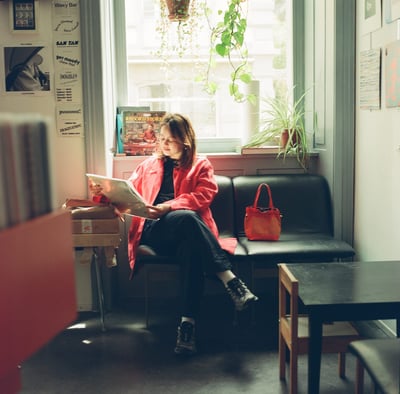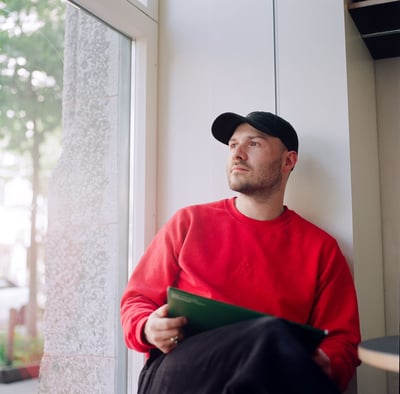A Bernese rotary boutique DJ mixer conquers the world
RDM20 is the name of the Rotary DJ Mixer that Marcel and Simon are building in Bern. The demand is high and continues to grow. Meanwhile, you can find this boutique mixer all over the world.
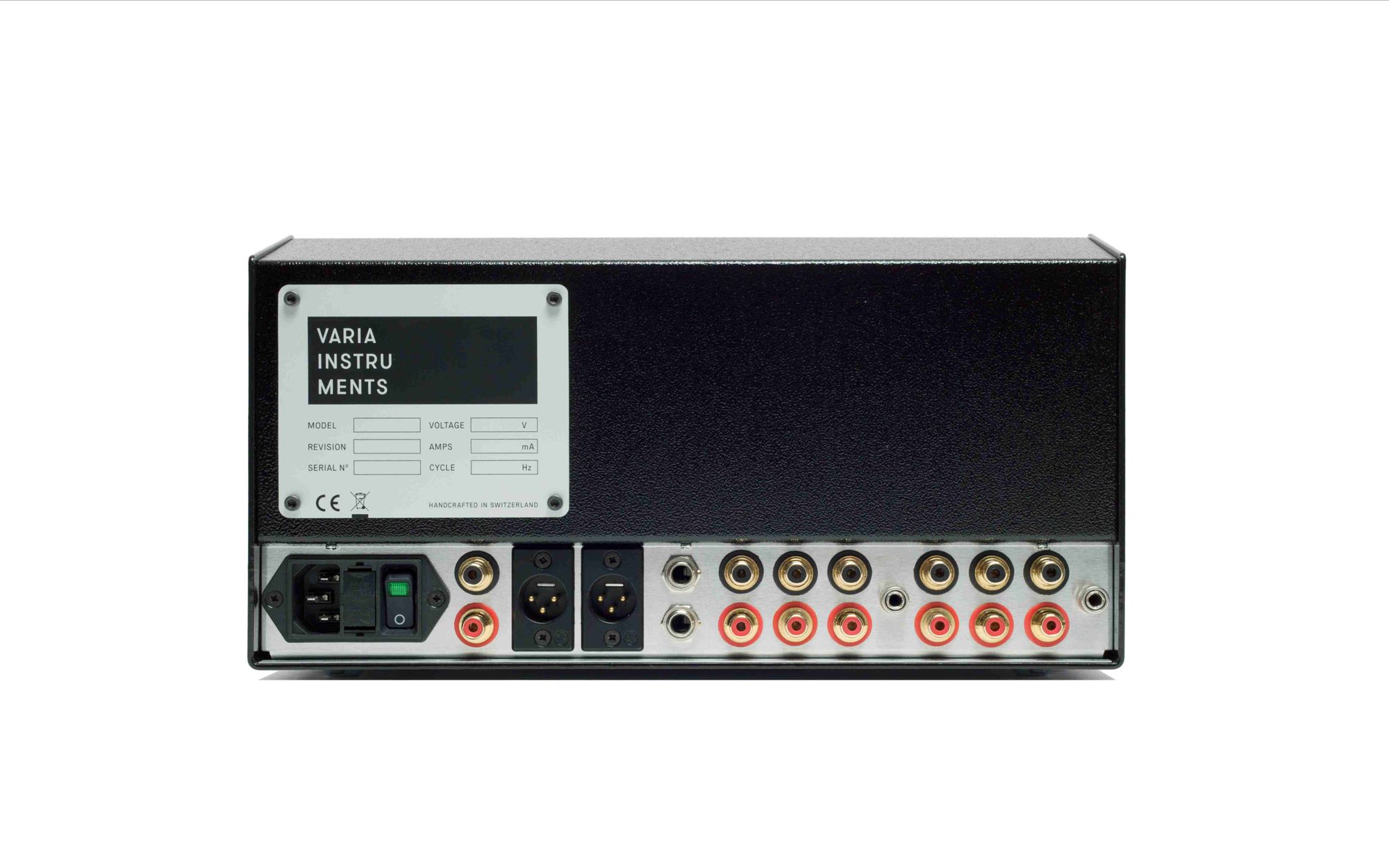
Few things are of more central importance than the mixer in the club. It is where the music comes together and gives the DJ control over it. One can imagine that a significant piece like the mixer should not be skimped on, as long as the demands on the sonic qualities are kept high.
For many, the club standard is the Pioneer DJM or the Allen and Heath XONE 92. Ever heard of a DJ taking his mixer to the gig? - No? - Then it's about time. Many DJs can hardly be seen playing on any other mixer than the E&S DJR400. This rotary mixer enjoys an excellent reputation, because, with the sound it offers, it sets completely different standards.
The two Bernese guys Simon alias Funk Bastard and Marcel alias Beats on Demand have the same ambition. They think that all the gimmicks that the well-known manufacturers build into their devices distract from the essentials - the sound. For example, why do you need four or more channels to DJ when you can only switch from one to the next? With the focus on what a DJ needs in a mixer, the RDM20 was developed and has been built in small series since the beginning of this year.
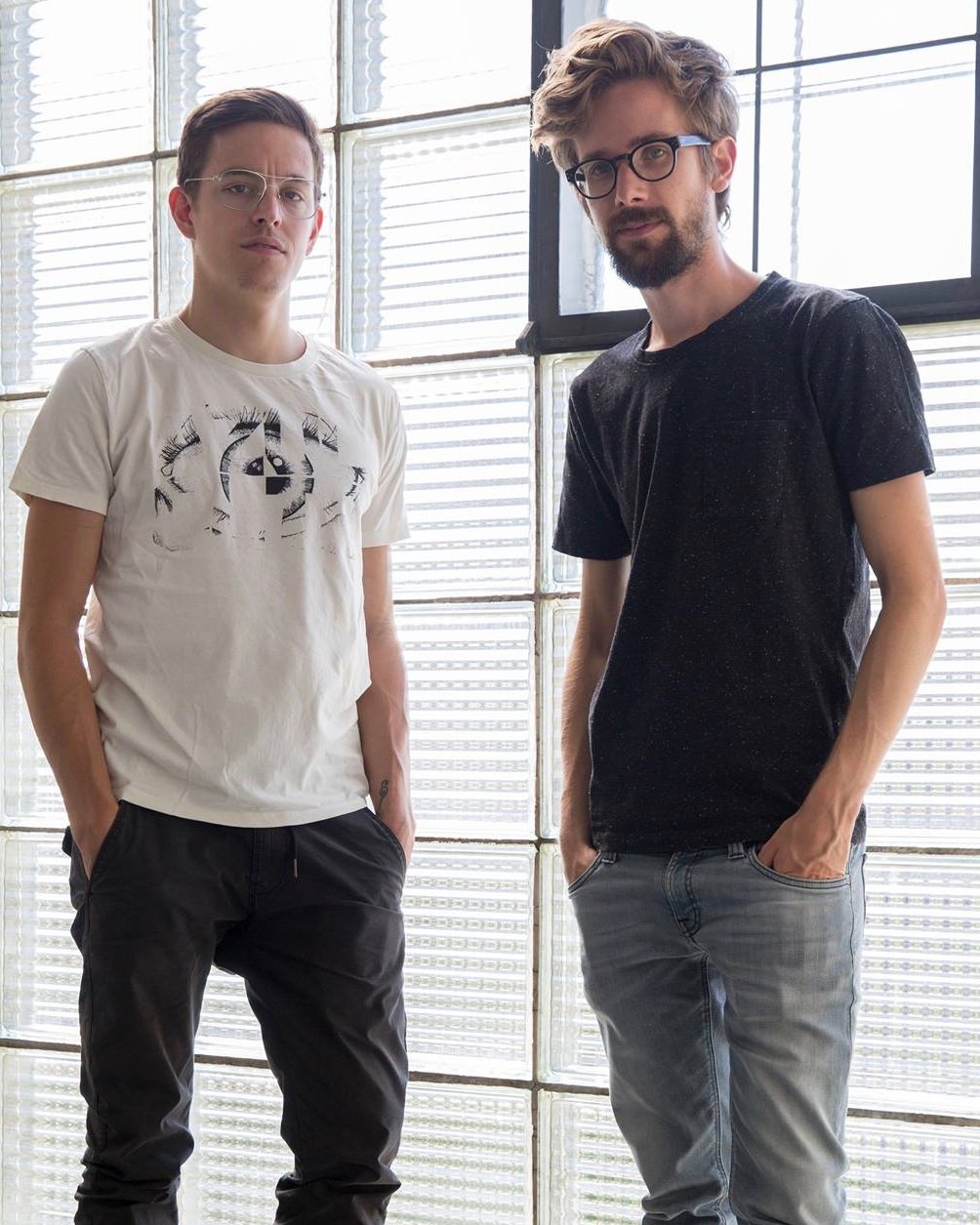
The analogue mixer has two permanently active channels, but 6 inputs. This means that two devices can be used at the same time. It is therefore possible to work with two CDJs and two turntables without any problems, while still having two free inputs. You can easily switch between the channels using the two toggle switches.
Thanks to the clear arrangement, you can find your way around very quickly and you easily learn to appreciate the fact that the controls of four or, as it would be in this case, six knobs do not get in your way when mixing. Apart from that, the mixer comes with all the connections you need: two balanced outputs (House: XLR, Booth: Jack), a separate record out and a built-in power supply.
Developed and assembled in Berne
In their workshop, which is located in the old Loeb warehouse in Bern, Simon and Marcel assemble their mixer. With about 20 hours per device, they spend more than just their free time on it. Their RDM is also much more than a Rotary Mixer. "Act local think globally" is one of their guiding principles.
So you will also find mainly parts from Switzerland built-in, which has nothing to do with patriotism. Being close to their suppliers allows them to meet their quality standards. "It is very important for us to know where we get what. In our world, we already buy too many things where we don't know where they come from," Marcel explains.
After only a few uses, you can already feel the idea with which the developers designed the user interface. In front of you is the work surface with two controls for volume, analogue to the faders on a conventional mixer. Right next to it, arranged in a triangle, is the isolator for the respective channel with treble, mid and bass.

Also on this surface, you find an additional isolator bank, which lets you manipulate the master output with the three large controls in the upper part. Here, too, with treble, mid and bass. When using it, the question of the sense of an additional isolator bank is answered, because you can notice tonal differences that are incredibly fun when mixing. The master isolator is a bit more gripping and rough, while the channel isolators are rather smooth and subtle.
Everything you don't need to "work" directly can be found on the front wall. Volume controls for Booth and House, the volume of the headphones (Phones) and the PFL Mix, with which you can add the master signal to the selected headphone channel signal. In the middle are the two VU displays, with which you can monitor the master output. These are not only functional but also give the mixer its charming touch. The toggle switch in the middle (PFL A / PFL B) is used to change channels during pre-listening.
When you look at the overall finish of the device, you can only say: wow! Despite the cold attitude, you can feel the love that Marcel and Simon give to the mixer. The highest technical requirements for quality meet the endless love for music and merge in the RDM.
Playing with the RDM20 is incredible fun. Smooth transitions are even better with this mixer, as you can work with high precision with the isolators. Playing with the controls can be described as an experience. The knobs feel extremely good, which gives you the feeling of true control over the music when using them. So far, no mixer I have tested has managed to filter the bass so beautifully without losing the energy of the running track, and besides all the technical features, the RDM also looks incredibly good.
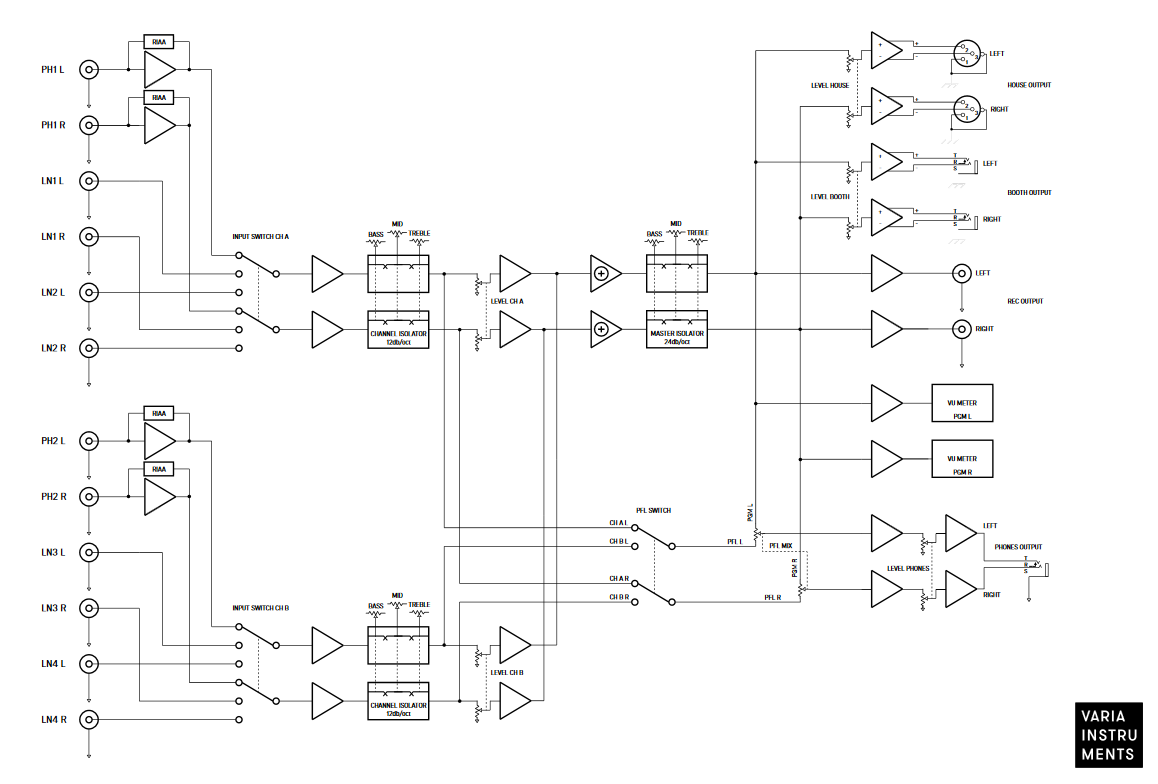
Words by Dominik André. He writes about DJ culture, music nerd stuff and sometimes shares thoughts about the music business. He runs the record label Subject To Restrictions Discs.
